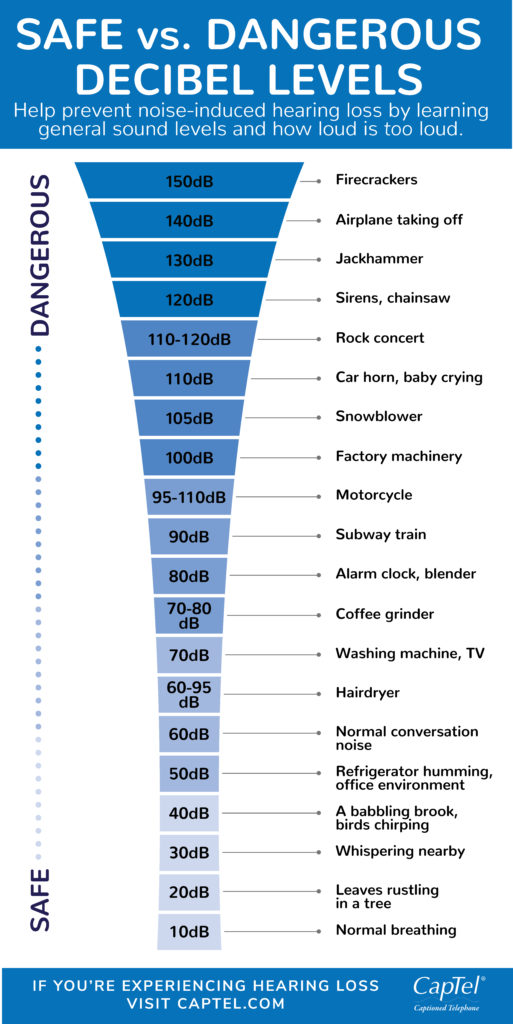

It’s something that makes you feel extra motivated. I hope I have remembered these relationships correctly I'm sure other responders will correct me if I'm wrong. She doesn’t take the crowds for granted either, or the fact that her mere presence on the field can cause the decibel levels to rise. So to sound only four times as loud you're running the amp at 100 watts average instead of 1 watt. There is a rough rule of thumb that to sound twice as loud requires 10x the power (watts). If the speaker "speaks" at 88 dB for one watt at one meter, and you sit three meters away, the level at your listening position is closer to 80 dB for 1 watt from the amp. At 1000 watt peaks, the average level is 100 watts.

Say the peak is 10 times the average level. The kilowatt amp allows you to play the speaker so that the music peaks are not distorted, while the average level is still much lower. I occasionally need it louder for theater effects, but preference is the key. There are two main action levels for continuous noise, 80 decibels and 85 dB (A): The lower exposure action value is a daily or weekly average noise exposure level of 80 decibels ( dB (A)), at which the employer has to provide information and training and make hearing protection available. Loud noise above 120 dB can cause immediate harm to your ears, says the Centers for Disease Control and Prevention on its website, In the workplace, the National Institute for Occupational Safety and Health says, The NIOSH REL Recommended Exposure Limits for noise is 85 decibels, using the A-weighting frequency response (often written as dBA) over an 8-hour average. The noise produced is also predominantly. The intensity of noise produced by MRI scanners generally has a positive correlation with the magnetic field strength (i.e., 3T scanners are louder than 1.5T scanners). I think at 85 dB, it's plenty loud in a room at home for most the of the music I listen to. Noise above 70 dB over a prolonged period of time may start to damage your hearing. This high-intensity noise could easily cause hearing loss or induce tinnitus or hyperacusis ( Nagoya J Med Sci. Hmm.so, its safe to listen at that level for over 8 hours.really, wow. I typically find that prolonged listening at 84 dB with peaks reaching 94 dB is enough in my small room to have plenty of "realism." However, HSE strongly recommends that the A-weighted equivalent continuous sound level over the duration of the event (Event LAeq) in any part of the. Exposure to impulsive or impact noise should not exceed 140 dB peak sound pressure level.Ībove are the OSHA thresholds based on exposures that will result in hearing loss. Cn indicates the total time of exposure at a specified noise level, and Tn indicates the total time of exposure permitted at that level. If the sum of the following fractions: C(1)/T(1) + (2)/T(2) C(n)/T(n) exceeds unity, then, the mixed exposure should be considered to exceed the limit value. _|_įootnote(1) When the daily noise exposure is composed of two or more periods of noise exposure of different levels, their combined effect should be considered, rather than the individual effect of each. There’s also no consensus on when exposure at various levels can result in noise-induced hearing loss (NIHL). Learn more about hearing damage, including tinnitus and hearing loss, from excess noise through HHF’s Keep Listening campaign.TABLE G-16 - PERMISSIBLE NOISE EXPOSURES (1)ĭuration per day, hours | Sound level dBA slow response Meanwhile, guidelines and rationales differ regarding safe listening levels: Debate continues over the exact point that noise levels threaten hearing, with some pegging it as high as 85 dB and others as low as 70 dB. While these guidelines and comparison are helpful, a basic rule of thumb is common sense: If it sounds too loud, it is too loud. With maximum readings actually as high as 119 dB on platforms and 120 dB on rides-based on actual recorded data within the sample-the subway system is an auditory minefield. The samples show the average noise levels on all subway platforms and on all subway rides (inside subway trains) is between 72.5 and 76.5 dB and between 74.1 and 75.8 dB, respectively. According to the Centers for Disease Control and Prevention, exposure to sounds 85 decibels (dB) and above can damage your hearing.
#Safe decibel levels pro
HHF used Decibel Meter Pro to record the noise levels of hundreds of New York City subways.
#Safe decibel levels code
The large majority have adopted OSHA’s code (1910.95 Occupational noise exposure) others have supplemented this with additional guidelines or identified different criteria for their region.

Some apps even let you geo-tag the decibel level to a specific location, like your favorite restaurant or your workplace. In the United States, most jurisdictions have building regulations in place for environmental noise levels. As with a professional-grade meter, most phone apps can also show how the noise fluctuates over time, in real time, and provide numerical reference points that users can compare to their own sound levels. The rule of thumb is to limit exposure to sounds above 70 dB and avoid exposure to sounds above 85 dB as they can damage your hearing faster.


 0 kommentar(er)
0 kommentar(er)
